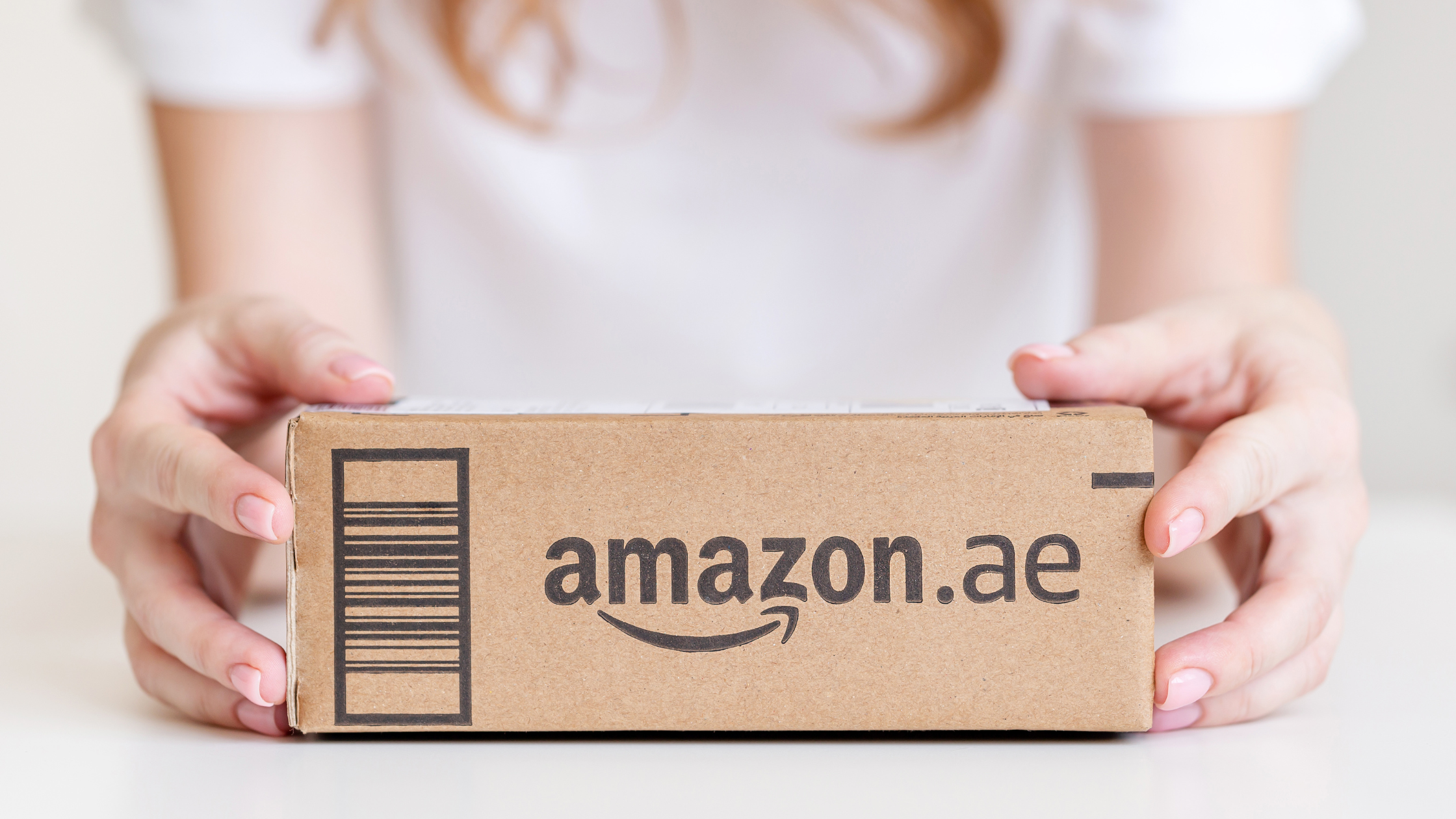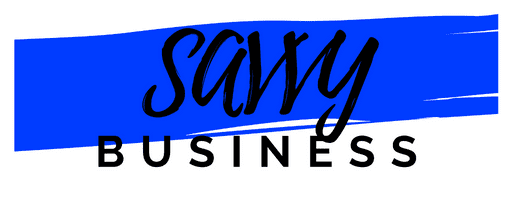
Whether you’re an aspiring entrepreneur or an established business looking to expand, Amazon presents an unrivaled opportunity. With over 200 million paid Prime members worldwide and a staggering 7,400 products sold per minute, Amazon’s marketplace is a force to be reckoned with. This guide will walk you through the process of selling wholesale products on Amazon, highlighting the importance of fulfillment, business registration, and effective product management.
The Power of Amazon
Amazon’s Influence on the Business Landscape
1: Leveraging Fulfillment for Success
Understanding Fulfillment by Amazon (FBA)
Fulfillment Simplified: FBA Explained
Fulfillment by Amazon (FBA) is a game-changer for businesses. It allows you to entrust order fulfillment to Amazon, simplifying your operations. When customers make a purchase, Amazon takes care of picking, packing, shipping, and even handling customer service and returns. Let’s delve into why fulfillment is vital for your Amazon journey.
Why is Fulfillment Important?
Unlocking the Potential of Effective Fulfillment
A robust ecommerce fulfillment service can give your business a competitive edge by helping you manage customer orders, ensure timely shipments, and stay updated on product availability. In an era where customer expectations are paramount, reliable fulfillment is the key to earning trust and keeping customers satisfied.
The Importance of Timely Deliveries
Fulfillment’s Impact on Customer Satisfaction
Swift product delivery can make or break a sale. According to a U.S. shopper study, free delivery is a top priority for 83% of online shoppers. Moreover, 54% abandon their shopping carts due to delivery costs. Fine-tuning your fulfillment process or partnering with a fulfillment service can elevate your brand and ensure customer happiness.
2: Getting Started – Registering Your Business
Step 1: Register Your Business on Amazon
Laying the Foundation: Business Registration
Before you can begin selling on Amazon, you must complete your business registration on the platform. Amazon offers two selling plans: Individual and Professional, based on your expected sales volume.
Individual Selling Plan
- Ideal if you sell fewer than 40 items monthly.
- No advanced selling tools or programs required.
- Suitable for those still exploring their product offerings.
Professional Selling Plan
- Suitable for sellers moving over 40 items per month.
- Provides access to APIs and advanced selling reports.
- Recommended for those interested in programs like Launchpad or Handmade.
Pricing for these plans differs, with the Individual plan costing $0.99 per sale and the Professional plan priced at a flat $39.99 per month, regardless of your sales volume. You can switch between these plans at any time.
Step 2: Gather Essential Information
What You Need for Registration
To complete your registration, you’ll need the following information:
- Bank account number and bank routing number.
- Valid credit card for charges.
- Government-issued national ID.
- Tax information.
- Phone number.
Step 3: Secure Necessary Business Licenses
Navigating Business Licensing
Depending on your location and the nature of your products, you may require a business license. Many suppliers insist on this before engaging with you. Seek guidance from the Small Business Administration or consult your local Secretary of State. Consider hiring legal assistance to ensure you meet all necessary requirements.
3: Understanding Amazon’s Fees
Step 4: Learn About the Selling Fees
Deciphering Amazon’s Fee Structure
Beyond the selling plan fees, Amazon charges referral fees as a percentage of the selling price, varying by product category. Some categories incur fees as high as 17%. Additionally, if you’re selling in the media category, you’ll face variable closing fees.
If you handle your own order fulfillment, Amazon’s shipping rates apply, based on both the product category and the buyer’s chosen shipping service. Opting for Amazon FBA introduces fees for order fulfillment, storage, and optional services. To gain a comprehensive understanding of these costs, Amazon provides multiple fee estimation tools.
4: Navigating Seller Central
Step 5: Get Accustomed to Seller Central
Your Hub for Amazon Business Operations
Once you’re registered as an Amazon seller, Seller Central becomes your central hub for managing your Amazon business. It offers a seamless experience for handling your selling account, updating product information, managing inventory, processing payments, and accessing valuable resources.
What You Can Do from Seller Central
Empowering Your Amazon Journey
Seller Central empowers you to:
- Monitor inventory and update listings through the Inventory tab.
- Access customized business reports and frequently used templates.
- Utilize customer metrics tools to track seller performance.
- Contact Selling Partner Support and open help tickets via the Case Log.
- Keep a close eye on daily sales for all your Amazon products.
In conclusion, selling wholesale products on Amazon can be a lucrative venture. By understanding the importance of fulfillment, completing your business registration, grasping Amazon’s fee structure, and mastering Seller Central, you can pave the way for a successful Amazon selling experience.
5: Researching Products & Suppliers
Before embarking on your journey as an Amazon seller, it’s crucial to lay a solid foundation through thorough research of products and suppliers. This chapter explores the key steps to uncover profitable opportunities and make informed decisions.
1. Market Research
- Begin by identifying popular product categories on Amazon.
- Utilize Amazon’s Best Sellers and Movers & Shakers lists for insights.
- Leverage tools like Jungle Scout, Helium 10, or AMZScout for comprehensive market data.
2. Product Selection
- Choose products that align with your expertise and interests.
- Consider factors like product demand, competition, and seasonality.
- Evaluate potential profit margins and shipping costs.
3. Supplier Sourcing
- Explore various sourcing options, including manufacturers, wholesalers, and dropshippers.
- Attend trade shows or use online platforms like Alibaba, ThomasNet, or SaleHoo.
- Conduct due diligence on suppliers to ensure reliability and quality.
4. Quality Control
- Request product samples from potential suppliers.
- Establish clear quality control standards and communicate them to your suppliers.
- Regularly inspect and test products to maintain quality standards.
6: Begin Stocking Up on the Products You Want to Resell
Now that you’ve identified profitable products and reliable suppliers, it’s time to start building your inventory. This chapter outlines the steps to stock up on products for reselling.
1. Inventory Management
- Calculate your initial inventory needs based on demand and sales projections.
- Implement efficient inventory management systems to track stock levels.
- Consider factors like lead time and reorder points.
2. Order Fulfillment
- Decide between self-fulfillment and utilizing Amazon FBA.
- If using FBA, send products to Amazon’s fulfillment centers.
- Monitor inventory levels to avoid stockouts or overstocking.
7: List Your Products on Amazon
Listing your products effectively on Amazon is essential for attracting customers and driving sales. This chapter delves into strategies for optimizing your product listings.
1. Product Title and Description
- Craft compelling and informative product titles.
- Write detailed and persuasive product descriptions.
- Include relevant keywords to enhance discoverability.
2. High-Quality Images
- Use high-resolution images with multiple angles.
- Follow Amazon’s image guidelines for clarity and size.
- Consider lifestyle images to showcase product usage.
3. Competitive Pricing
- Research competitors’ prices and adjust yours competitively.
- Consider dynamic pricing tools for real-time adjustments.
- Offer discounts, bundles, or promotions to attract buyers.
8: Restricted Product Categories
Amazon imposes restrictions on certain product categories to ensure safety and compliance. In this chapter, we explore how to navigate these restrictions.
1. Category Approval
- Check if your product category requires approval.
- Review Amazon’s requirements and guidelines for approval.
- Submit necessary documentation and applications.
2. Brand Registry
- Consider enrolling in Amazon’s Brand Registry program.
- Protect your brand’s intellectual property rights.
- Gain more control over product listings and content.
9: Amazon FBA
Amazon FBA (Fulfillment by Amazon) offers convenience and efficiency in handling orders. This chapter highlights the advantages of using FBA for your Amazon business.
1. Order Fulfillment
- Amazon handles picking, packing, and shipping orders.
- Access Amazon’s vast network of fulfillment centers.
- Offer Prime-eligible products to attract more customers.
2. Customer Service
- Amazon provides customer support for FBA orders.
- Benefit from Amazon’s trusted customer service reputation.
- Resolve returns and customer inquiries more easily.
10: Performance Metrics & Customer Reviews
Success on Amazon is measured not only by sales but also by customer satisfaction and performance metrics. This chapter explores the key metrics to monitor and the importance of customer reviews.
1. Key Performance Indicators (KPIs)
- Track metrics such as Order Defect Rate (ODR), Late Shipment Rate, and Valid Tracking Rate.
- Monitor your Seller Feedback and Customer Feedback Ratings.
- Aim for excellent performance to maintain a healthy seller account.
2. Managing Customer Reviews
- Encourage satisfied customers to leave positive reviews.
- Respond promptly and professionally to negative reviews.
- Use feedback to improve product quality and customer service.
11: Review Growth Opportunities
Once your Amazon business is up and running, it’s essential to explore growth opportunities. This chapter provides strategies for expanding your Amazon presence and increasing your revenue.
1. Diversify Product Offerings
- Explore related or complementary product categories.
- Analyze market trends and customer preferences.
- Gradually expand your product catalog to capture a broader audience.
2. Optimize Advertising
- Utilize Amazon PPC (Pay-Per-Click) campaigns to boost visibility.
- Experiment with keyword targeting and ad placements.
- Monitor ad performance and adjust strategies accordingly.
12: Become a Great Seller
In the final chapter, we delve into essential tips and practices for becoming a great seller on Amazon, ensuring long-term success and growth.
1. Exceptional Customer Service
- Provide prompt responses to customer inquiries.
- Resolve issues efficiently and professionally.
- Go the extra mile to exceed customer expectations.
2. Continuous Learning
- Stay updated on Amazon’s policies and best practices.
- Attend Amazon seller webinars and conferences.
- Keep an eye on industry trends and adapt your strategies accordingly.
By mastering these chapters, you’ll be well on your way to becoming a successful Amazon seller. Remember that persistence, adaptability, and dedication are keys to thriving in the dynamic world of Amazon ecommerce.
With this comprehensive guide, you are well-equipped to embark on your Amazon selling journey. By embracing the power of Amazon, understanding the significance of fulfillment, and mastering key aspects of the platform, you can unlock the immense potential that Amazon offers to businesses and entrepreneurs alike. A good place to start sourcing your inventory is Savvybusinesss.com. They also have a great reseller program the allows you to access over 200 manufactures, product rebates, lower minimum orders, USA white label Manufactures, access to net 30 terms and much more so signup today !
